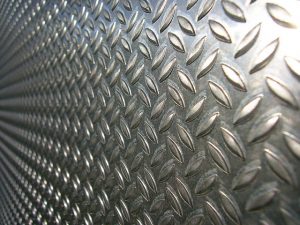
Metal Recovery
Metal Plating
Why risk EPA fines and prison terms when you can convert the heavy metal ions in your plating rinse water stream into marketable metal oxides. The metal oxides are hydrophobic and dewater well. Metal oxides can be sold as raw components for new products.
This eliminates the long-term liability associated with metal hydroxides. The metal oxides dewater 76% easier, creates 83% less sludge volume, and is 88% less expensive than chemical coagulation.
The separated rinse may be reused. With no water discharge, there is no potential liability; you save on sewer cost, monitoring, and testing fees, as well as the cost of make-up water. The removal of 90%± metals is sufficient reduction to achieve quality-plating results.
Metal platers use electrocoagulation to remove metals from the plating rinse water tank, enabling them to reuse the remediated water as process water. With no water discharge, they avoid potential liability, save on sewer cost, monitoring, and testing fees, as well as the cost of make-up water. The removal of 90%± metals is sufficient reduction to achieve quality plating results.
| Electroplating Industry, Plating Sample (006-552) | |||
| Element | Raw / PPM | EC Treated / PPM | % Removal |
| Cd | 31.0 | 0.34 | 98.90% |
| CN | 25.1 | 0.98 | 96.10% |
| Cr | 210 | 0.0216 | 99.99% |
| Cu | 287 | 0.48 | 99.80% |
| Pb | 24.0 | 0.010 | 99.95% |
| Ni | 25 | 0.0731 | 99.97% |
| Zn | 221.00 | 0.14 | 99.90% |
